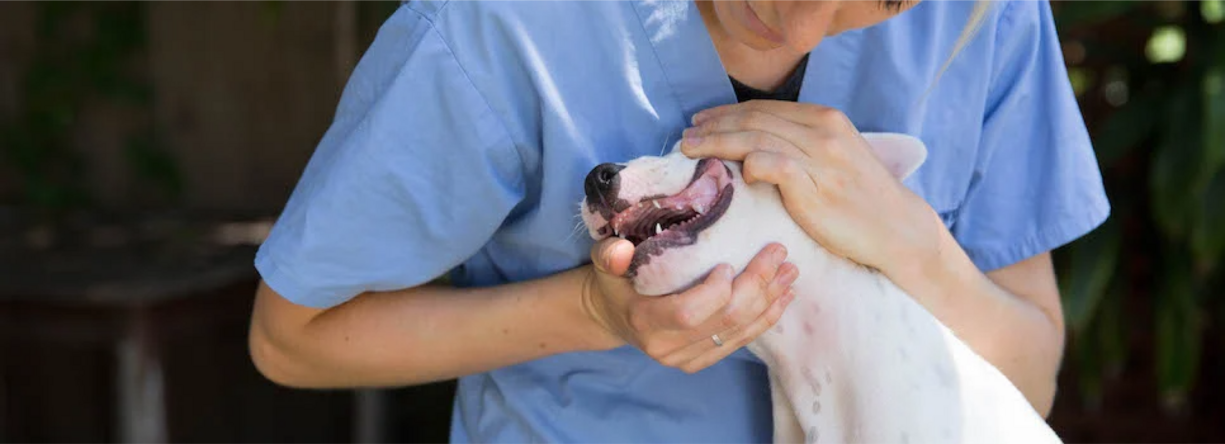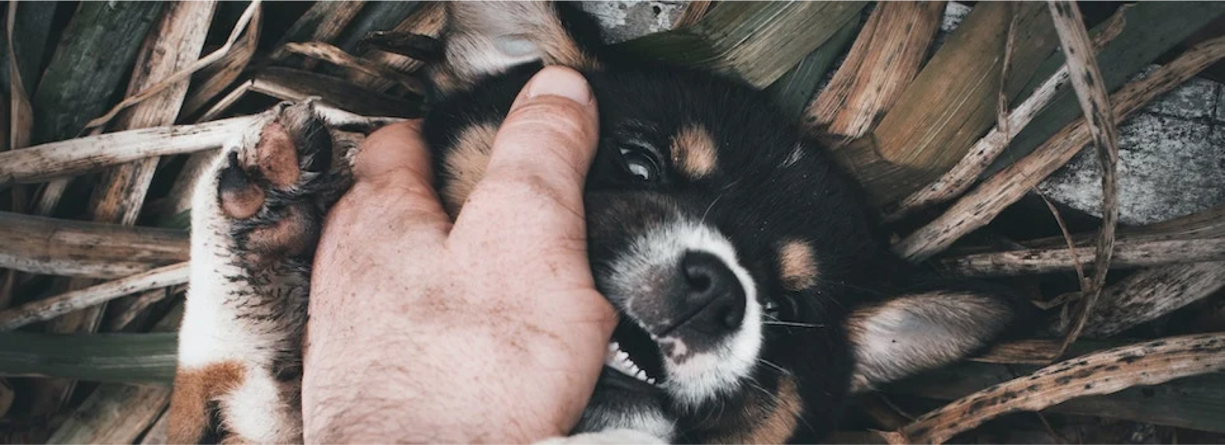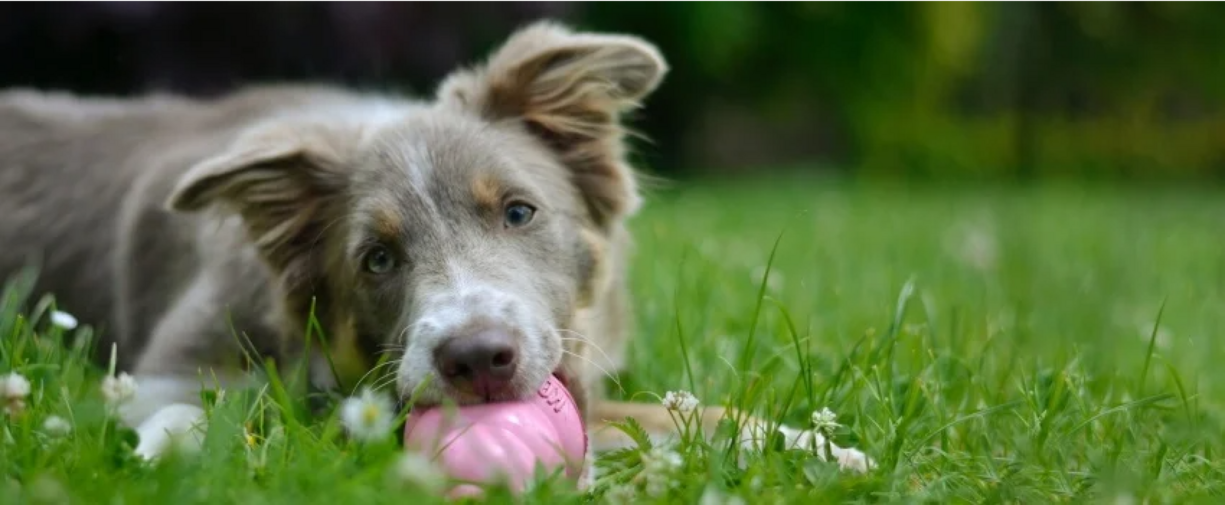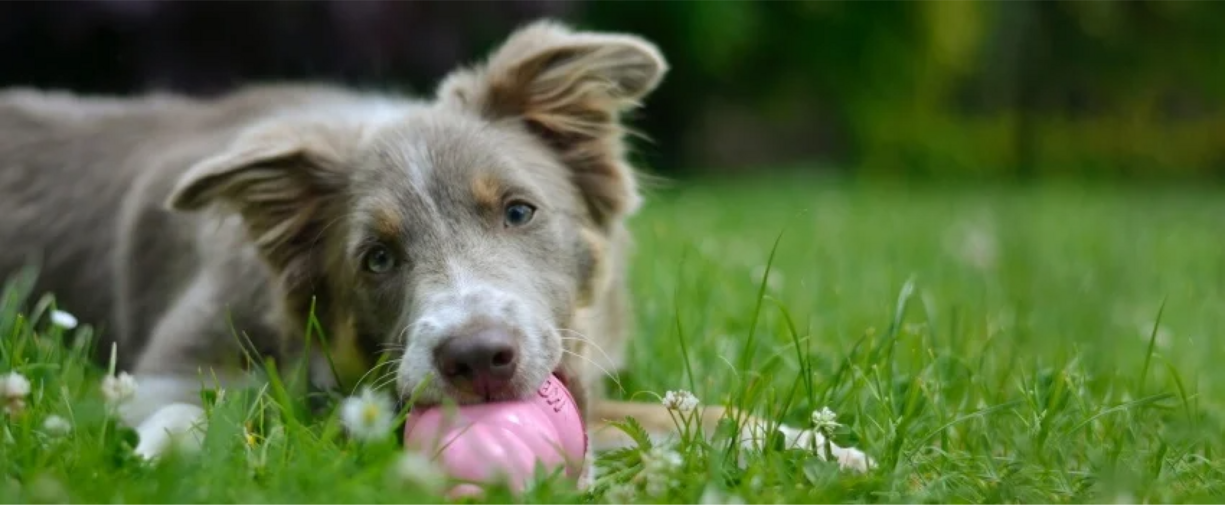Last Updated: 28/05/2025
How to Stop Your Puppy Crying at Night
Understanding why puppies cry at night is essential for new dog owners as it allows them to respond appropriately and create a supportive environment.
Author: Dr Nicole du Plessis BVSc (Hons)
Reading Time: 33 minutes - long read
The first nights with a new puppy are often filled with tender moments and adorable discoveries. However, they can also bring a less expected challenge: the heart-wrenching sound of your furry friend crying through the night. This experience, common among new pet parents, is as much a part of the journey as those first playful days. Crying is a perfectly natural puppy behaviour which serves as another form of communication. Understanding why puppies cry at night is essential for new dog owners, as it allows them to respond appropriately and create a supportive environment.
In this article, we dive into practical, compassionate strategies to help quiet those nighttime cries. From establishing a cosy sleeping area to understanding the balance between responding to cries and setting boundaries, we cover it all.

Understanding Why Puppies Cry at Night
Communication:
A puppy crying at night can be another way it is trying to communicate with you. The puppy may be seeking reassurance, companionship, or attention.
Dependency and Comfort:
Puppies, especially in their early weeks of life, are highly dependent on their mother and littermates for warmth, comfort, and security. When separated from their mother and placed in a new home, they may experience anxiety and loneliness, leading to nighttime crying for the first new nights.
Survival Instinct:
Crying is a survival instinct for puppies. In the wild, it would draw the attention of their mother, ensuring they receive the care and protection needed for their development. This instinct persists in domesticated puppies, and their cries may be a way of ensuring they are not left alone, vulnerable to potential dangers.
Learning Boundaries:
Puppies are also in the process of learning boundaries and social dynamics. Nighttime crying can be a way for them to explore and understand their new environment. It helps them establish a connection with their owners and learn about the household routines.
Physical Needs:
Puppies have smaller bladders and higher metabolism rates than adult dogs, leading to more frequent bathroom breaks and possibly hunger during the night. Crying may be a way of expressing their physical needs, indicating a desire to relieve themselves or have a small meal.

Creating a Comfortable Sleeping Environment
Now you have your puppy home, it is time to allocate a designated sleeping area. Try to choose an area with low foot traffic, no offending odours, comfortable temperature and draught-free. The bedding should be comfortable and size appropriate for the puppy, to help them feel nice and secure. Letting your new puppy sleep on the bed can lead to behavioural problems down the track, and is best avoided. After letting your puppy settle in for a few nights, it's time to start crate training.
Why should you consider crate training your dog?
Teaching your dog to happily settle in a crate is particularly beneficial during the toilet training phase for puppies or older dogs. Crate training helps prevent destructive behaviors in instances where supervision is challenging, provides a safe and quiet resting place during bustling family activities, offers a safe means of transportation on planes or in cars, and veterinary visits. Never use the crate as a form of punishment; it is intended to be a calm and relaxed space.
What sort of crate?
For training purposes, a collapsible metal crate is recommended. Ensure the crate is appropriately sized, allowing enough room for your dog to stand up, turn around, and lie down comfortably. Puppies grow pretty quickly, so you will likely need to upsize in the future, or look for a crate with a divider panel that can be removed at a later date.
Where to locate the crate
Placing the crate inside the house is optimal, allowing your puppy or dog to feel like part of the family. Choose a quiet area close to where the family spends most of their time. Inside the crate, provide soft bedding and make sure there are no sharp pieces of metal that can cause accidental injury.
Giving the crate high value
Encourage your dog to love their crate by making it a rewarding place. A great way to do this is by giving a high-value treat and meals inside the crate. The puppy will learn that the crate is a rewarding space.
Take gradual steps:
- Pin back the crate door initially to prevent sudden closure and potential fear.
- If your puppy is unsure, place treats just outside the crate door.
- Place treats inside the crate and let your dog enter voluntarily, replacing treats frequently.
- Feed meals in the crate, encouraging your puppy to go further in each time.
- Only close the door when your puppy is comfortable, gradually increasing the time with the door shut.
- If your dog vocalises or scratches, you may be progressing too quickly; go back a few steps and try again.
- This process may take days or weeks, depending on your puppy's temperament.
- Move to the next step only when your puppy is comfortable with the present situation.
Length of time
Avoid leaving your dog in the crate for longer than they can cope. For most dogs, 3-4 hours is the maximum. For puppies, adhere to the rule of one hour for every month of age, with water available inside the crate.

Establishing Routines and Boundaries
Morning:
Just like people, puppies will need to go to the toilet as soon as they wake. Start by taking your puppy outside for a toilet break. Remember puppies can become distracted and forget they need to eliminate, so patience is key. Don't forget to praise your puppy when they have gone to the toilet outside, reward desired behaviour.
Young puppies are usually fed two to three times daily. Their stomach is still small and doesn't have much room, so small regular meals are needed to keep active puppies growing. After a meal, puppies need to go to the toilet again. This is when puppies will defecate, so remember lots of praise for going to the toilet in the desired area.
Noon:
Puppies will need plenty of naps during the day. This can be more variable, but after a big play session or meal they are more inclined to get some shut-eye. This is the time to try and encourage your puppy to use the crate to sleep, or a designated sleep area to encourage your puppy to feel safe and independent. It is normal for puppies to sleep up to two hours at a time. So comfortable, durable bedding is a must.
Evening:
After dinner, another bathroom break will be needed and remember lots of praise for going to the toilet in the correct place. It is now time to wind down for the night, and help your puppy settle into the crate or designated sleeping area. If your puppy becomes uneasy away from you, you can provide a few extra night time toys that are nice and cuddly. Young puppies aren't able to make it through the night without soiling their bedding, so it is best to set an alarm for anticipated whining or barking to avoid reinforcing those behaviours.

Addressing the Cries
Instances that call for immediate action in response to your puppy's whining include:
- If your puppy needs to go to the toilet: A full bladder is very uncomfortable, so take the puppy outside to avoid accidents and reinforce toilet training in the correct location.
- If your puppy is in pain or unwell: Puppies can become unwell or injure themselves, this should be addressed by your regular veterinarian immediately. Puppies can also experience issues with teething and other puppy dental issues.
- If your puppy is frightened: In Australia, severe thunderstorms, fireworks and other loud noises can lead to noise phobias. In a young puppy, ignoring these behaviours could make the situation worse. Working with your veterinarian and behavioural trainer is ideal, as puppies won't grow out of these problems. Read through our tips on How to Calm Anxious Pets for more information.
- If your puppy has separation anxiety: Addressing this issue now is best, teaching your puppy that distance from you is actually a good thing. Gradual steps are required over months of training and it can be a complicated issue. Working with your veterinarian and behavioural trainer can help you and your puppy work through the separation anxiety.
When your puppy is whining, but an immediate need isn't there:
- Crate training can be difficult, and puppies can whine and protest. If you are sure your puppy isn't hungry, thirsty or needs to go to the toilet, it is best to ignore their behaviour and wait for them to settle. Once they are calm, reward them with praise. You can provide lots of puppy chew toys to help redirect their attention.
- Too excited before food: try to wait for calm behaviour before rewarding with food, to avoid reinforcing whining behaviour.
- Too excited to see you: although it is tempting to give you puppy a big cuddle after being away from them, try to wait until they have settled to reward them with your attention.

Professional Guidance
It is not easy raising puppies! Although welcoming a young puppy into your life is a joyous time, it can also be an exhausting time with disrupted sleep, chewed belongings and toilet training accidents. Luckily, most of these issues resolve with age and training. However, if you do notice any issues early, it is best to address them immediately. Dogs will not usually grow out of behavioural issues, which is where a positive dog-trainer and your veterinarian can assist before problems become out of control. The delta institute has worked with many owners and dogs work through behavioural problems. For more difficult cases, your regular veterinarian can refer you to a veterinary behavioural specialist.
Further Reading
Want to read more? Check out our other articles:
Your guide to fleas, ticks, and worms
10 Frequently Asked Puppy Questions
References:
Want to know more? Check out our Discover Page for more tips from our expert Vets on keeping your pets happy and healthy.